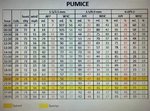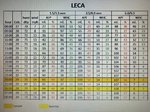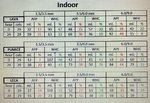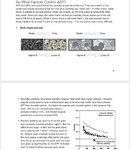Hello all, I’m new here and to bonsai in general, i did play with some nursery stocks but nothing serious, I read a lot and what I understood is that roots are one of if not the most important part of bonsai and the idea of not being able to visually observe what’s going on in there worries us beginners.
When thinking roots first thing comes to mind is soil, again researched a lot and came across a thread here by markyscott “introductory soil physics” ( i want to thank him and all who shared their knowledge in that thread), so i wanted to test some soils i can find readily and locally with the methods Scott used for his experiment for next spring repotting.
Some notes :
- i can water only once a day in the early morning (max)
- inorganic as much as possible.
- my climate: Mediterranean, 4 seasons, very humid, 5C~ winter 32C~ summer, distance: 5km from sea, 500m above sea level.
- tree sizes: Shohin outdoor, shohin and mame indoor.
- no access to decent organic fertilizers but many inorganic liquids.
- to much rain in winter.
- access to: lava rock, pumice, perlite, leca (balls) and pine bark if needed for water retention.
- I excluded perlite for bad experience ( floating, color etc...)
- all aggregates are crushed and sieved specially LECA balls have smooth outer shell and very hard to absorb water if not crushed.
- pot size 9x4 cm, 190 ml volume of soil.

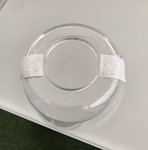


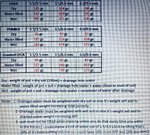
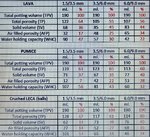

When thinking roots first thing comes to mind is soil, again researched a lot and came across a thread here by markyscott “introductory soil physics” ( i want to thank him and all who shared their knowledge in that thread), so i wanted to test some soils i can find readily and locally with the methods Scott used for his experiment for next spring repotting.
Some notes :
- i can water only once a day in the early morning (max)
- inorganic as much as possible.
- my climate: Mediterranean, 4 seasons, very humid, 5C~ winter 32C~ summer, distance: 5km from sea, 500m above sea level.
- tree sizes: Shohin outdoor, shohin and mame indoor.
- no access to decent organic fertilizers but many inorganic liquids.
- to much rain in winter.
- access to: lava rock, pumice, perlite, leca (balls) and pine bark if needed for water retention.
- I excluded perlite for bad experience ( floating, color etc...)
- all aggregates are crushed and sieved specially LECA balls have smooth outer shell and very hard to absorb water if not crushed.
- pot size 9x4 cm, 190 ml volume of soil.










